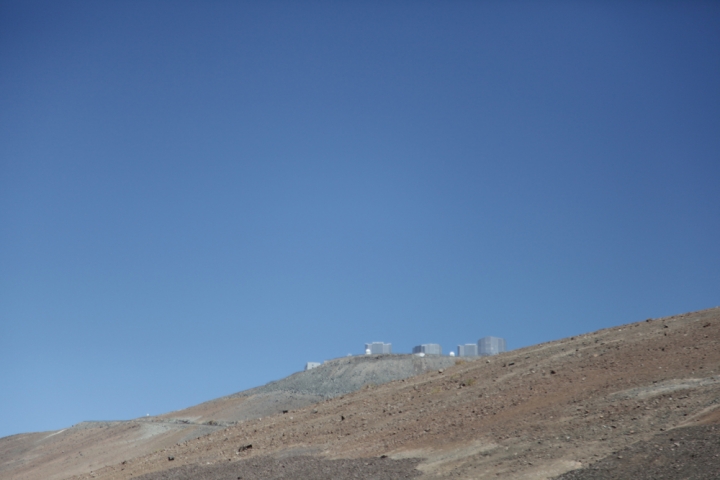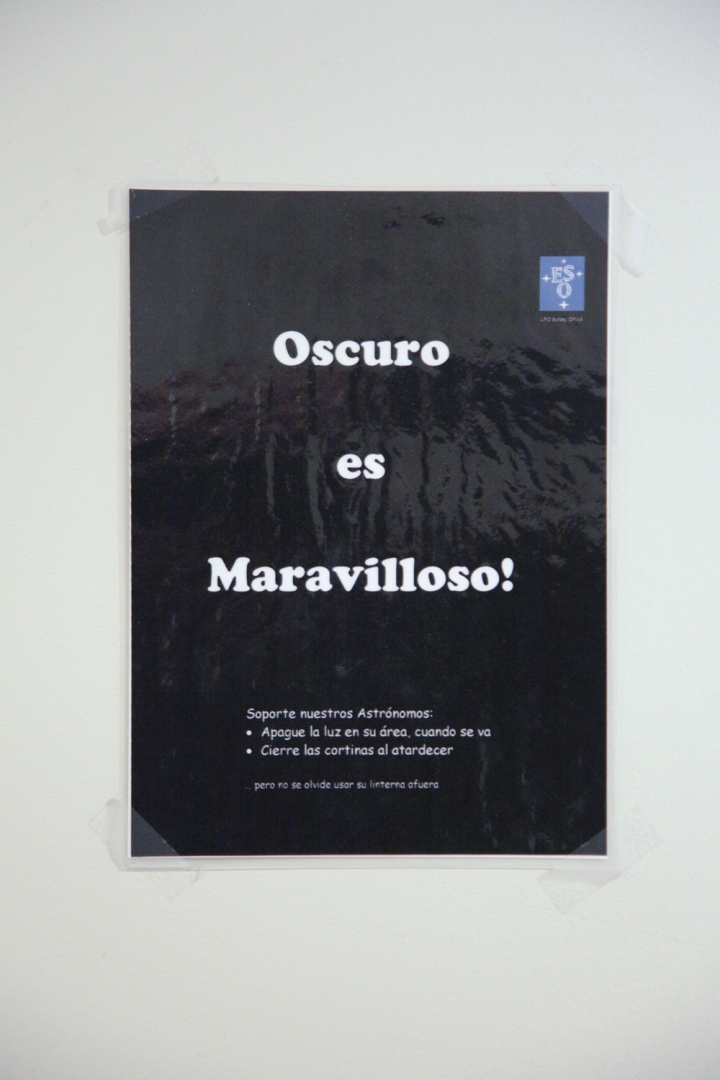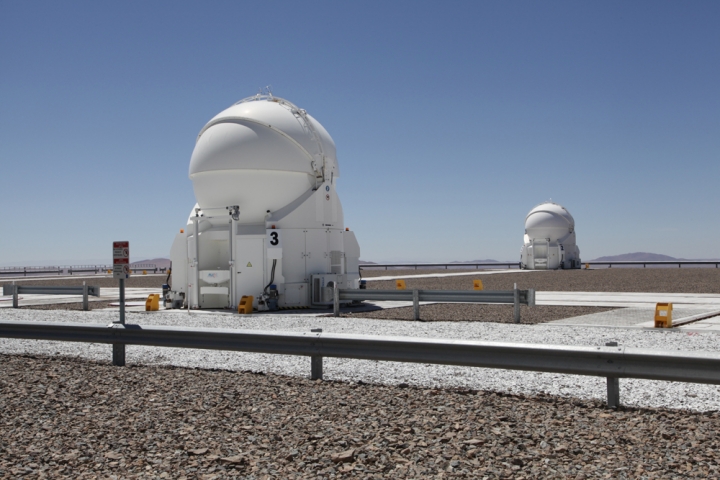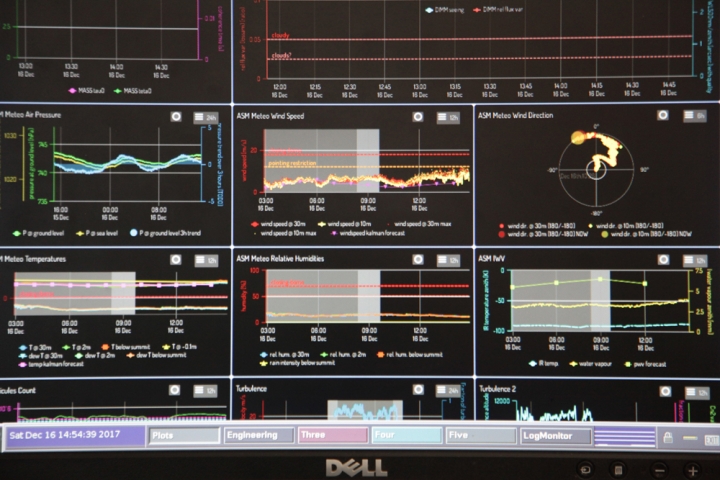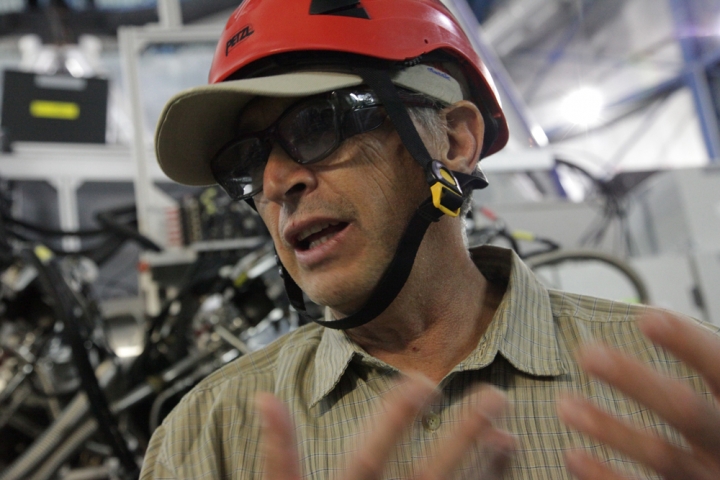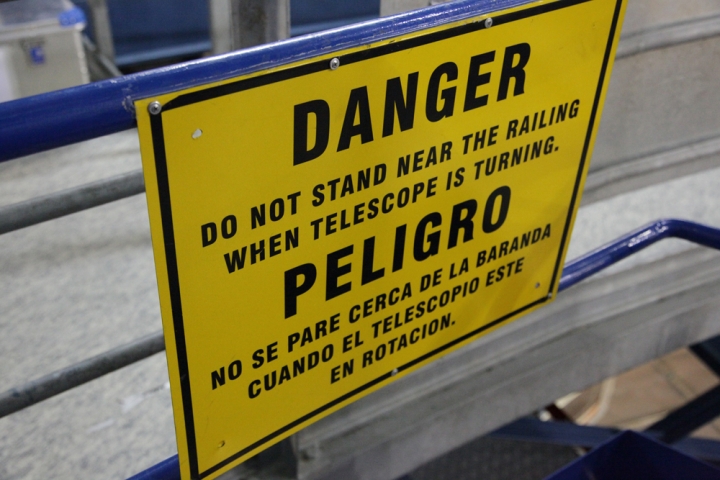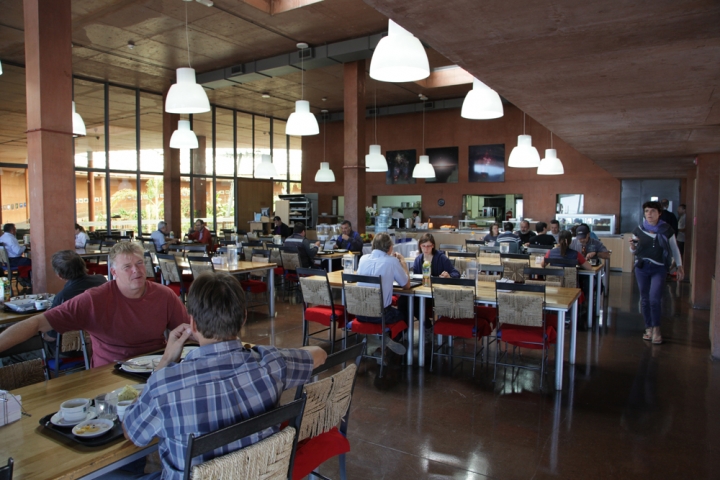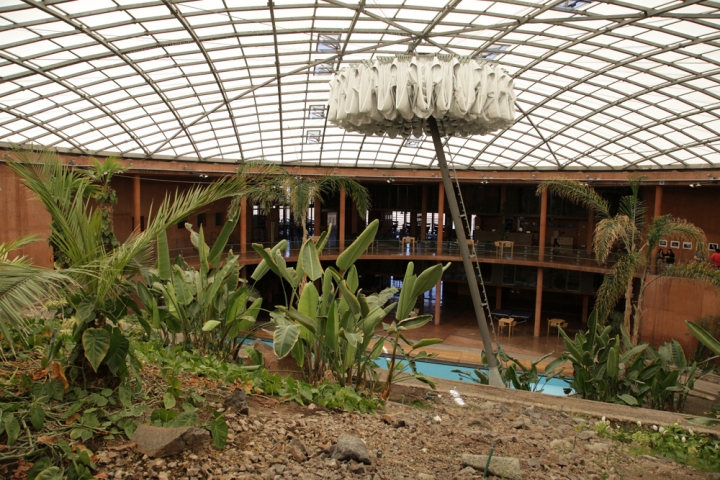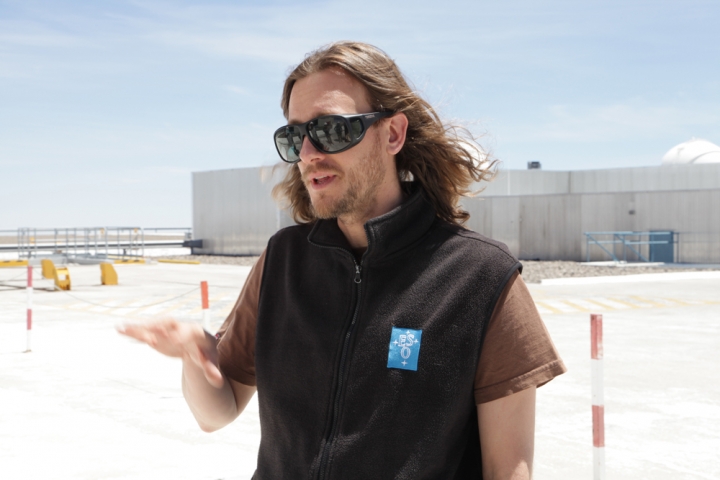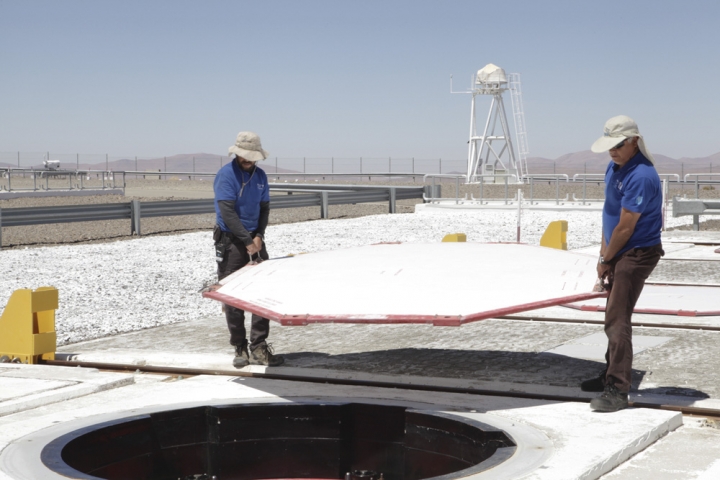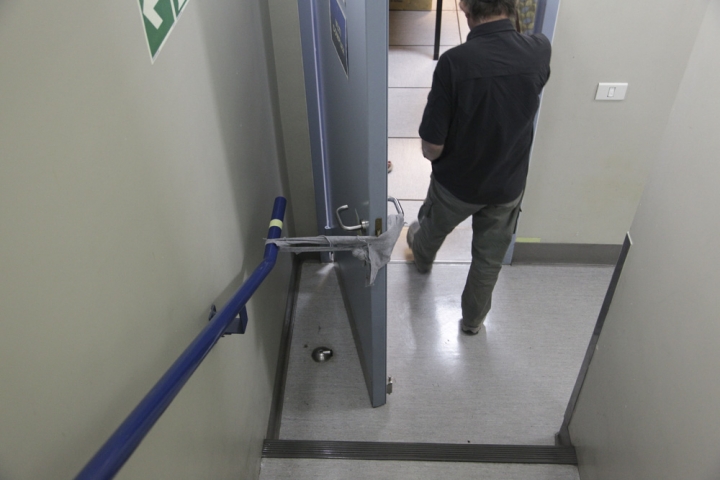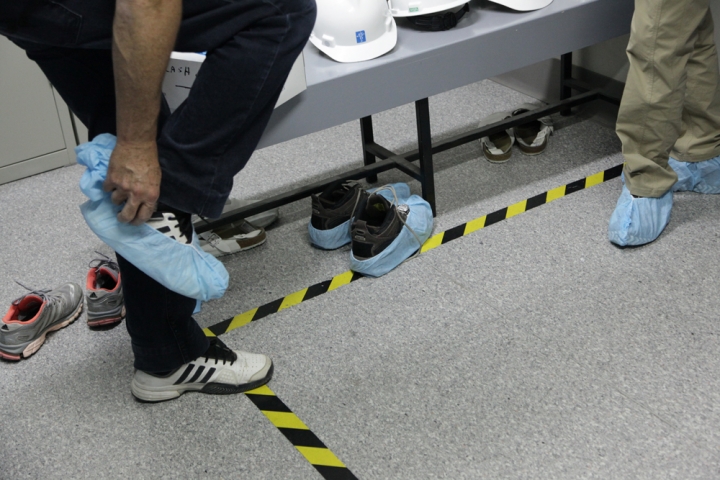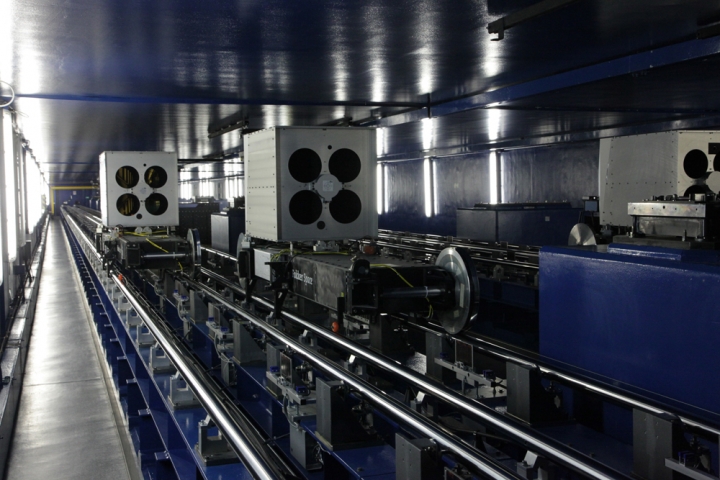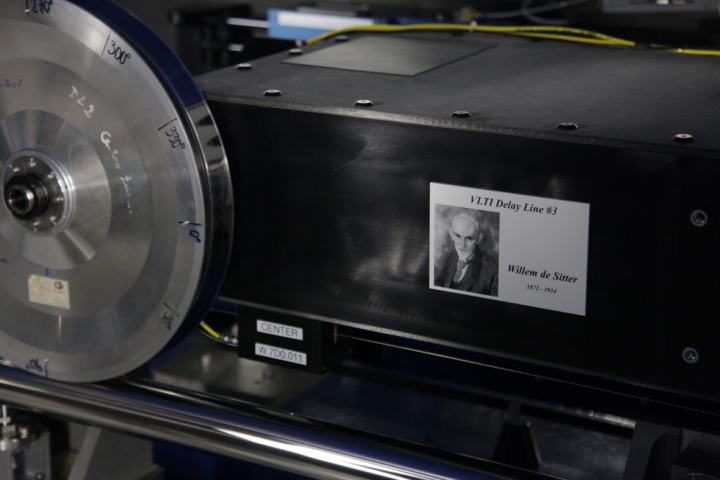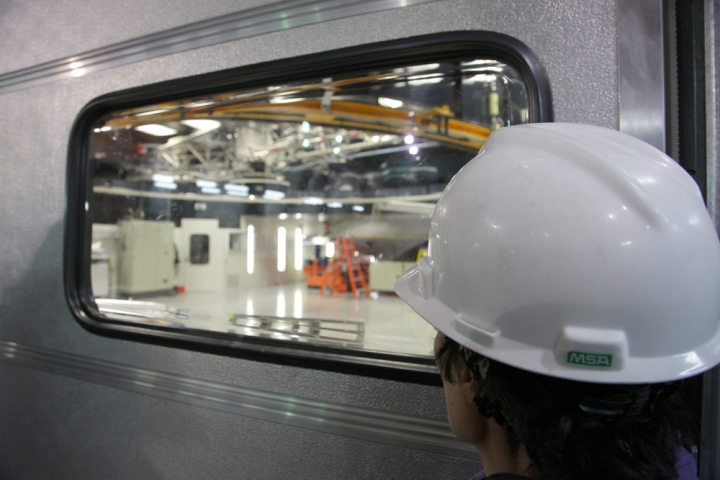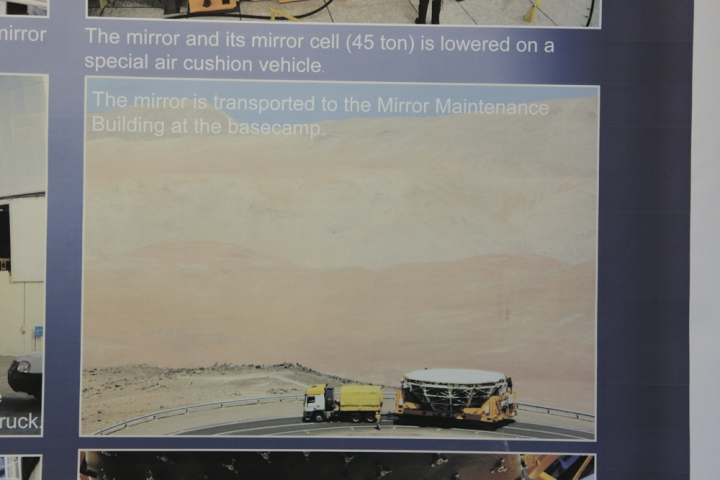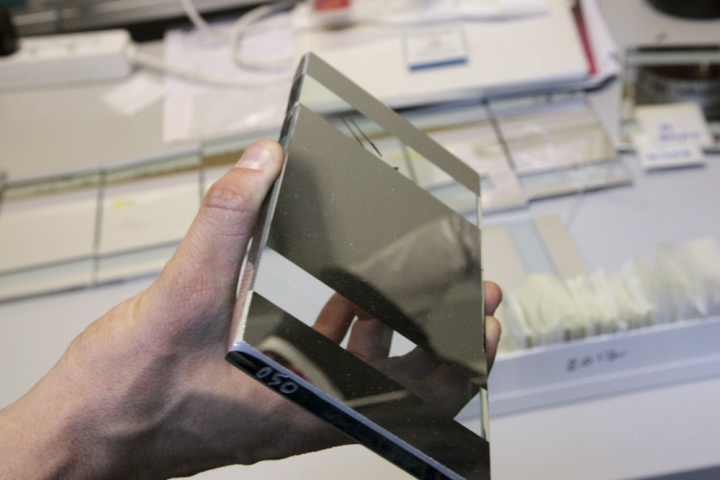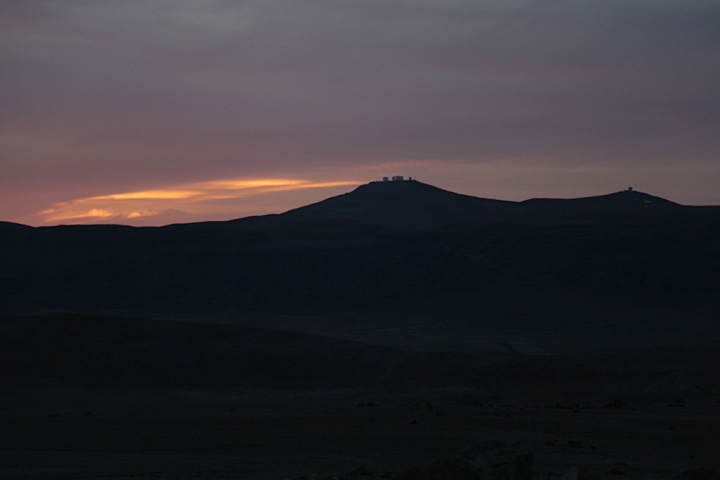Whether you are a simple fan of James Bond (Quantum of Solace) or passionate about astrophysics, Cerro Paranal (2635m) is a name that thunders between imagination and science. It is the possibility of opening the sky…
The first nights in the Atacama desert but like all those spent in the deserts bind us to the sky in a special way. It is obviously a spiritual relationship: Earth-Man-Sky. An intuitive resonance.
Lying in my sleeping bag, the sky revolves around the polar star and I try to locate myself in this southern hemisphere sky where I will have to wait until morning to recognize a few stars or constellations. I admit, I don’t know much about it, but I like stories about the sky and those who know how to tell the stars. I take an indestructible Hubert Reeves pocket book with each trip where I know that I keep linking the same pages. The stars were yellow, as if stuck on a solid blue background were a little phosphorescent but they had lost their power.
I begin to fall asleep remembering a night « under the stars » in Brittany, during a heat wave period. I hoped that my children, then small, fall asleep under the sky. A false good idea: « I can not close my eyes he replied, it is too beautiful ». The sky shone with all its starlight and we were all wide-eyed.
I never imagined setting foot in a hotbed of astrophysical science. I had the curiosity several times to plunge my eye into a telescope, but entering a heavenly temple such as this was unthinkable before this second trip to the Atacama. The chance of a meeting allowed us to enter there in privileged conditions and to discover these fabulous machines.
« Oscuro es maravilloso » (darkness is marvelous) is written on the access door to the control room of the VLT (very large telescope) of the Paranal observatory, one of the largest in the European southern observatory (ESO) installed around the year 2000. The VLT is made up of 4 telescopes. Each has a code name UT1 to UT4, in the Mapuche language it is Antu (the Sun), Kueyen (the Moon), Melipal (the Southern Cross) Yepun (Venus). In each of them is placed a mirror 8.20 m in diameter, each bearing the first name of one of the Dalton Brothers (Lucky Luke).
Here, we do not observe the sky with a laser beam launched in the Milky Way and with the aid of an optical system which takes measurements by interference between the waves from Infra red to Ultra violet (interferometry). In other words, we observe the invisible in the imperceptible. This is where the closest black hole to earth was observed. The black hole hidden within the HR 6819 system is one of the very first stellar mass black holes discovered to date that does not interact violently with its environment and, as a result, appears truly black to us.
https://www.eso.org/public/france/news/eso2007/
In the evening, we set up our camp further down in the desert facing this mountain drawn by the silhouette of the telescopes. The next morning and like every day our eyes roam the ground in our search for a stone that has fallen from the sky.
